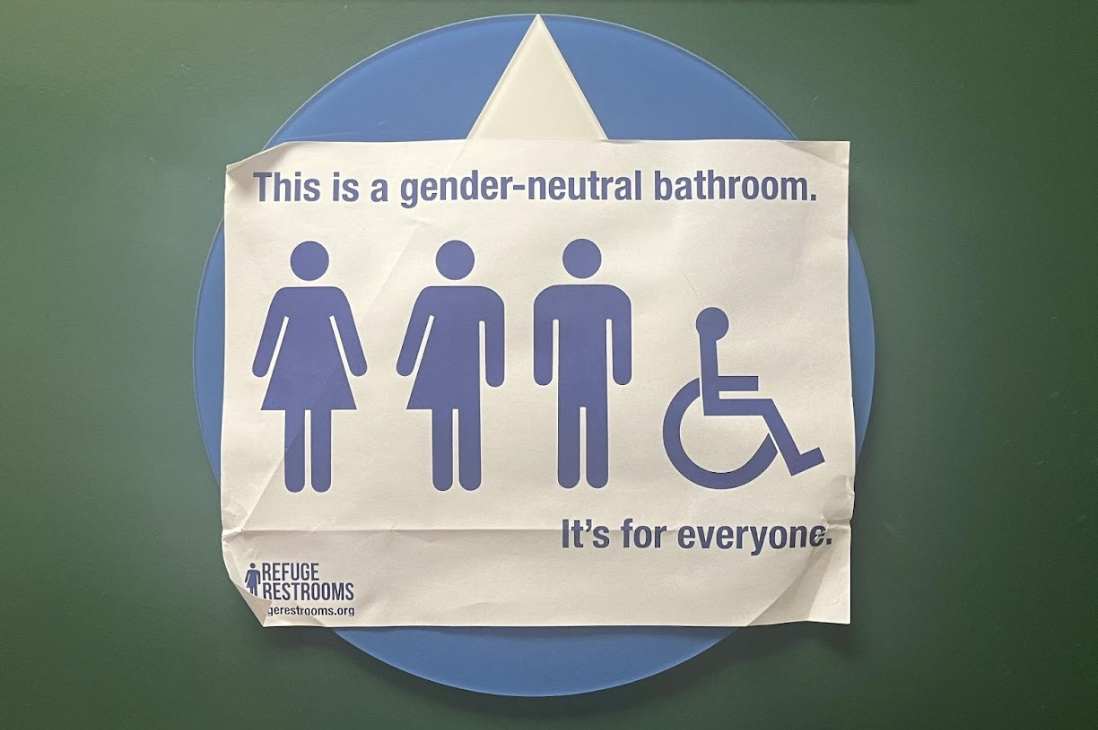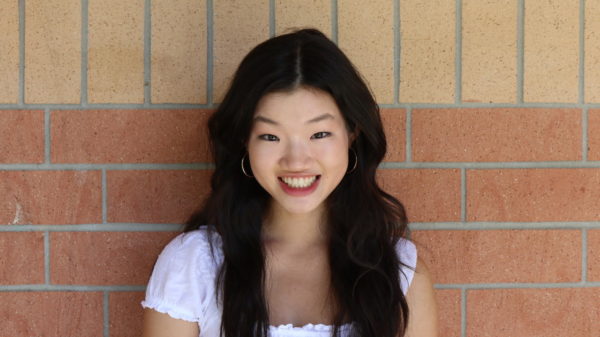Teletherapy is therapy but online. Teletherapy, and the larger branch of telemedicine it belongs to, aren’t new concepts.
Since 2015, research has presented teletherapy as the modern solution to bridge therapy accessibility gaps. For teens, the research was especially promising. Studies showed teens preferred teletherapy for the flexibility it offered in location and time. For providers, teletherapy could reach more clients and more diverse ones too.
But it wasn’t until March 2020 when teletherapy’s promises were put into practice. Weeks after schools went virtual, Zoom replaced personal offices, and third-party platforms with supportive tools were popularized.
In 2023, Ruiz now practices privately and serves El Dorado Hills, Roseville, Granite Bay and the Greater Sacramento region. As long as students are in state, Ruiz can still provide therapy when they go to college.
Even for teens still in the area, using teletherapy means they can skip the waiting room and check in from their room or even their car.
Pedersen, though based in Folsom, uses telehealth especially to connect with Los Angeles clients and clients in crisis.
Yet teletherapy comprises less than ⅕ of their caseload. When given the choice, they’re finding the vast majority of teens and families prefer in-person therapy. Though teletherapy may have increased accessibility for providers, meeting post-pandemic patient preferences for in-person sessions is still challenging.
“Due to the ease of telehealth for clinicians (no longer needing to pay for office space, less overhead costs in general etc), I get multiple calls weekly of people struggling to find therapists who actually provide in person sessions, which many people are really wanting.” Jennifer Whitley said in an email to the Gazette. Whitley is a therapist who serves Rocklin, Lincoln and Roseville teens and families.
Local therapists said teens and teletherapy pose multiple challenges in a post-pandemic world of increased teen screen anxiety and privacy concerns.
“I feel the pandemic was helpful in allowing telehealth in situations of need, but it also created children/teens/young adults who are more socially anxious than previous generations.” Whitley said. “In most cases of anxiety, avoidance of the anxiety provoking situation leads to an increase of anxiety, not a decrease so attending in person sessions is super important in these situations.”
Privacy at home may also not be adequate for sessions where teens who want to discuss vulnerable topics, such as LGBTQ+ teens who have not come out to their families.
“There are some parents who kind of helicopter their teen,” Pedersen said. “(Teens) don’t have the privacy to really open up where if they come in my office, parents can’t stand right outside the door.”
Pedersen said some teen clients have body dysmorphia or anxiety about seeing themselves on screen. In these visits, she prioritizes practicing patience.
“I want them to feel comfortable,” Pedersen said. “I’ve even had people where they haven’t had their screen on and then as time goes on, they start turning on their screen and they start feeling more comfortable.”
To build comfort, Pedersen and Ruiz play games and use all the features their choice of online communication platform Zoom offers. Currently, Pedersen is learning to perform eye movement desensitization and reprocessing (EMDR) for trauma and anxiety online.
Likewise for school counselors, in-person is still the way to go. Belgarde said that during the pandemic, school counselors had to make the transition to teletherapy, but since then, teletherapy has been used sparingly.
“There’s a few really select cases like if a student has really severe anxiety and they’re just not attending school, and we want to be able to touch base with them and kind of create a plan to get them to school, so that we can provide in-person services.” Belgarde said.
So, teletherapy alone may not be the complete answer. However, a combination of teletherapy and in-person therapy, may support many teens and their families to access the support they need as soon as they need it.
Care Solace is here for students in search of providers.
CareSolace is a third-party company the Roseville Joint Union High School District along with many other California school districts uses for making student referrals to outside mental health providers. Belgarde said that the RJUHSD began a contract with Care Solace early last year.
For both teens and their families, Care Solace streamlines scheduling and finding available therapist appointments.
“Any staff member that works for the district can use Care Solace, as well as anyone in their household,” Belgarde said. “If a parent’s struggling, we know that impacts the whole family and so we want to make sure that not just students are getting support.”
Emphasis on parental mental health is key. Recent research highlighted in Time Magazine found that nearly ⅓ of teens had at least one parent struggling with depression or anxiety.
Belgarde said that school mental health counselors, like herself, are able to put in a referral online after receiving verbal permission from the student’s parent or guardian. After the referral is put in, families will get a call from Care Solace-sometimes almost immediately.
Care Solace also provides options for parents to specify their insurance provider and whether they prefer in-person or virtual; after discussing those options-Belgarde said, the process is as simple as it gets.
“(Care Solace will) reach back out to the family through text or email, or phone call. And they say, ‘okay…here are some options. This person, this person, and this person has availability, and they’re waiting for your phone call.’” Belgarde said. “And so all the parent or guardian has to do is just pick up the phone and book that appointment.”
The rise of platforms like Care Solace shows support may literally be just one call away. But if what local therapists are seeing is any indication, therapy might provide the stronger post-pandemic connection teens seek.
















